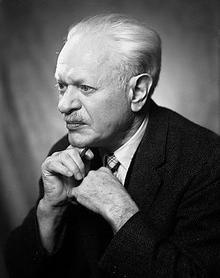This book explores the philosophical implications and consequences of the many ways in which concepts of motion and change permeate human thought and communication.
 Kenneth Burke, his study of Rhetoric & Aesthetics at renowned Universities, and connection to influential thinkers. Uncover his agnostic beliefs and notable quotes.
Kenneth Burke, his study of Rhetoric & Aesthetics at renowned Universities, and connection to influential thinkers. Uncover his agnostic beliefs and notable quotes.
More about Kenneth Burke